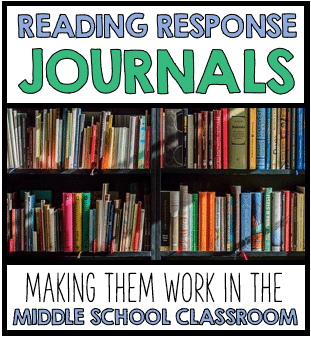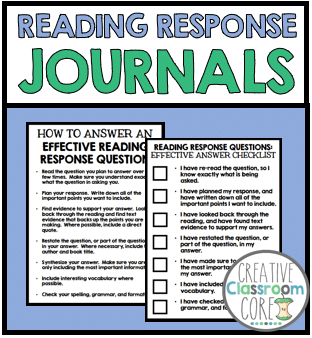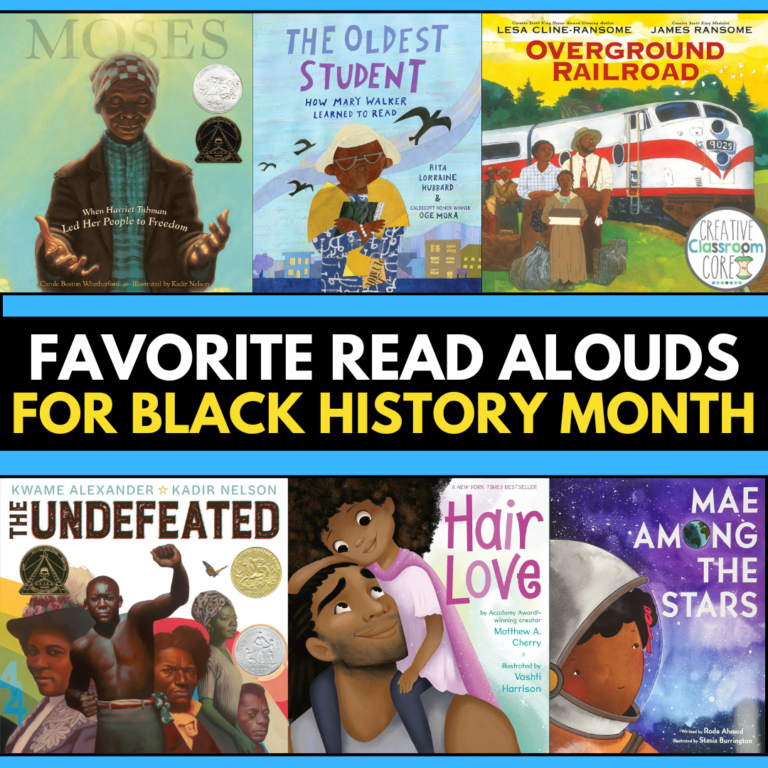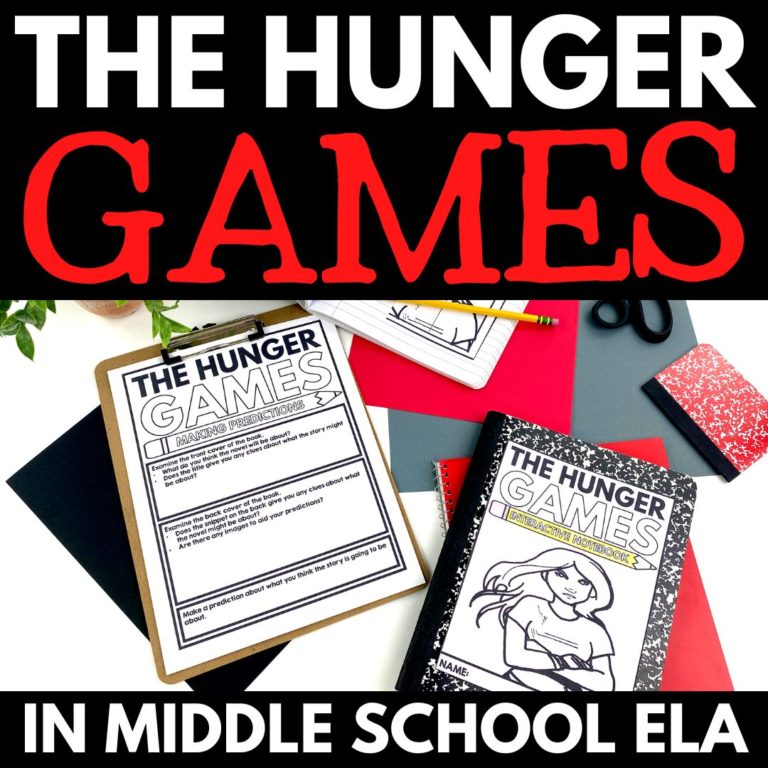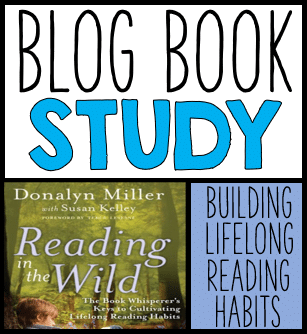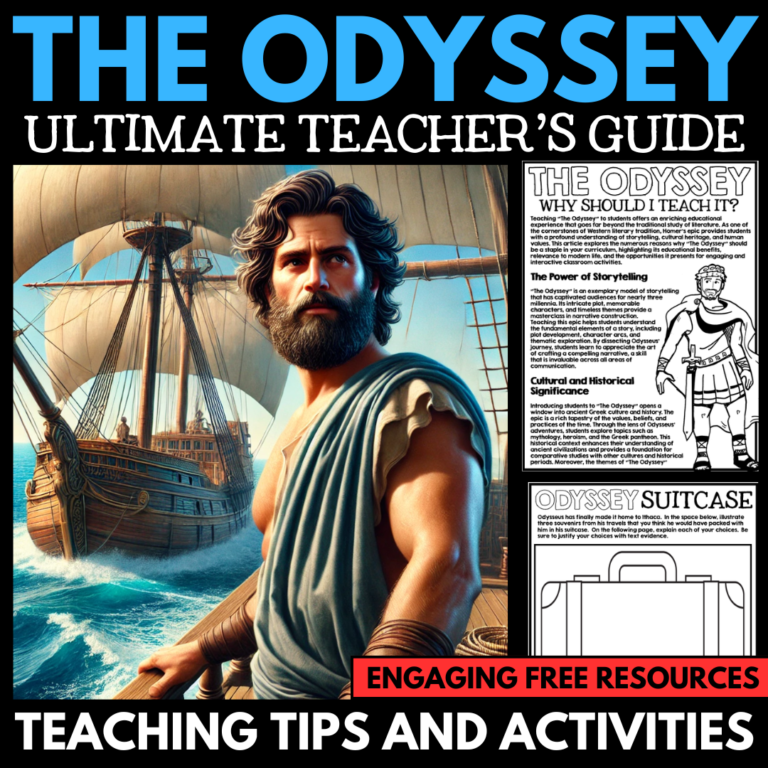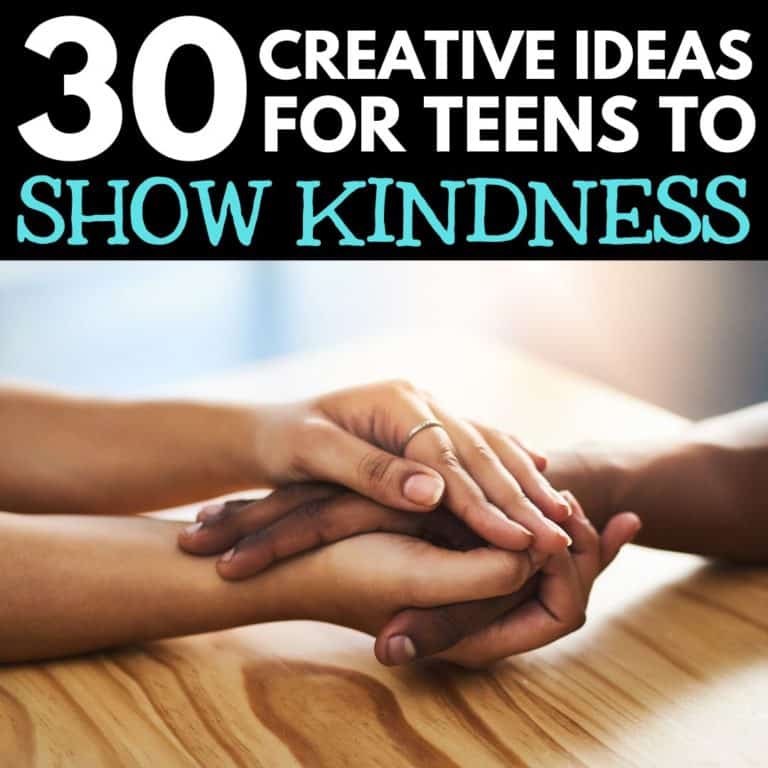Reading Response Journals
By MARISSA DESPINS Updated April 09, 2024
I have been getting a lot of questions on Instagram lately about Reading Response Journals, and ways to implement them in the middle school and upper elementary classroom. This seemed like a wonderful opportunity for a blog post! Read on for tips and tricks for incorporating these engaging activities into your upper elementary and middle school ELA classes.
Looking for no-prep reading activities that you can download and use with your learners right away? Click on the image or button below to see all of the reading activities available in my TPT shop!
What is a Reading Response Journal?
A Reading Response Journal serves as a dynamic and interactive tool within the classroom setting, designed specifically to motivate students to engage deeply with the material they read. Responding to text in students journals encourages learners to ponder their readings critically and introspectively. The process involves having students articulate their thoughts and answers to specific questions following each reading session, a strategy that not only holds them accountable for their reading assignments but also fosters a habit of reflective thinking.
Reading response journals also act as invaluable resources for review and reinforcement of concepts learned. Students can easily revisit their entries, flipping back through their responses as needed. This method proves to be highly beneficial in reinforcing learning and aiding knowledge retention.
How can I use Reading Response Journals in my classroom?
I like to use Reading Response Journals during our quiet reading time. Before using these journals, I struggled with holding students accountable for this time. Often, they would flip back and forth between book, or simply grab whatever caught their eye off the shelf everyday. I really like them to make their own selections, but it was starting to feel like they were not taking their quiet reading time seriously, or committing to a book for an extended period of time.
Now, I use our Reading Response Journals to help structure this time. At the end of each session, I have students put their books down, open up their Reading Response Journals, and answer a question of their choice.
Inside their journals, I place several pages of Reading Response Questions, revolving around the important Reading and Comprehension strategies of visualizing, asking questions, summarizing, determining importance, making connections, and inferring. Students can choose whatever question they are drawn to that day.
For more information on how I structure our silent reading time, you can check out these posts by clicking here and here.
For some great activities for students to use in their response journals, check out our posts on the reading strategies of inferring, predicting, questioning, and visualizing!
What else do students place in their Reading Response Journals?
In addition to the Reading Response Questions, I place a copy of my “How to Answer an Effective Reading Response Question” and “Checklist” pages inside their journals. This allows students to easily flip back to this information when needed. I have found that it has greatly improved the quality of their responses!
Interested in checking out this resource?
Click on the image below to go directly to this product in my Teachers Pay Teachers store!
Looking for more great Interactive Notebook resources?
If you are looking for some great Interactive Notebook resources, I encourage you to check out my Teachers Pay Teachers store by clicking here. Or, simply click on the image below!
For additional information on Interactive Notebooks, check out our complete guide and key benefits of Interactive Notebooks posts!
Interested in signing up for my email list?
If you are interested in signing up for my email list, you can do so by clicking on the link below. I periodically send out emails with free resources, teaching tips, and exclusive deals. Signing up will also give you immediate access to some of my best selling Interactive Notebook resources – foldable activities, graphic organizers, and other fun activities.
